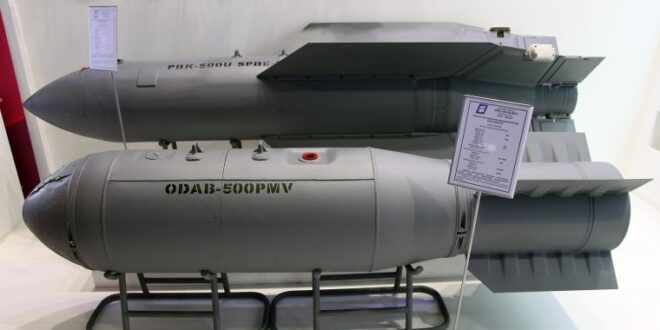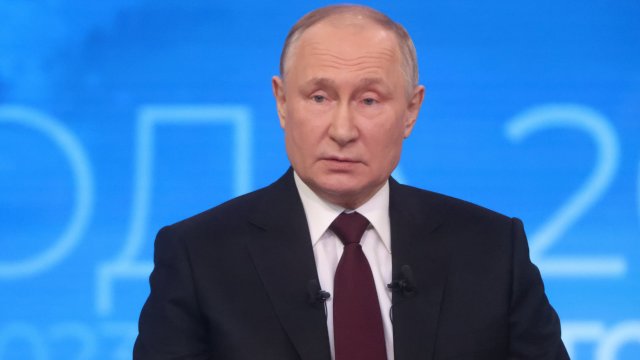Russia has said it will begin mass production of “invisible” cluster bombs this year that can avoid radar detection, as reports claimed that new, more powerful attack drones developed by Iran were being used in Ukraine.
The Drel glide bomb is “capable of independently flying the required distance to the target and opening above it at the right moment”, Russia’s state news agency Tass reported.
The bomb is designed to destroy armoured vehicles, ground-based radar stations, power plant control centres and anti-aircraft missile systems, and is resistant to jamming and radar detection, it added.
The bomb had passed all defence department tests and mass production would begin this year, Tass added, citing the Russian defence conglomerate Rostec.
Russian and Western sources say the Drel is a type of cluster bomb, a weapon that releases thousands of smaller bomblets over large areas. Cluster bombs are banned by more than 100 countries because of the indiscriminate threat they pose to civilians.
Russian media first announced in 2021 that the weapon, manufactured by a subsidiary of Rostec, had been under development since 2016, and the delay in its mass manufacture was the result of problems during initial testing.
Tass claimed that if the destructive element of the Drel bomb malfunctioned, it would self-destruct after a certain time and “not pose a danger to the population after the cessation of hostilities”.
Meanwhile, evidence has emerged in recent days that new, more powerful Iranian-designed Shahed drones have been deployed in Ukraine.
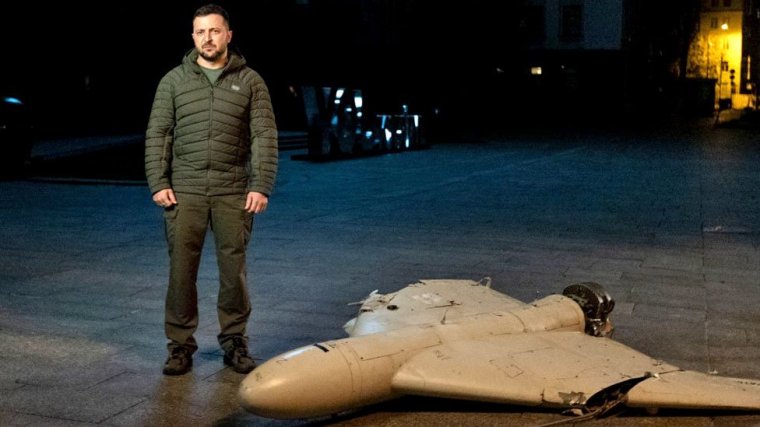
Iran has been supplying so-called suicide drones for months since Russia’s full-scale invasion in February 2022, which are frequently being used to attack critical infrastructure.
Reports suggest that Shahed-238 and -107 drones, which have greater capabilities than the earlier propeller-engined Shahed-136, are being used on the battlefield.
Wreckage of drones found in Ukraine suggest that Russia is using the jet-powered Shahed-238 drone, which Russian sources claim can travel around 500km an hour and carry warheads of up to 300kg. The earlier Shahed-136 can travel 200km per hour and carry 50kg.
Meanwhile, Sky News reported that Russia may have acquired a “few units” of the Shahed-107.
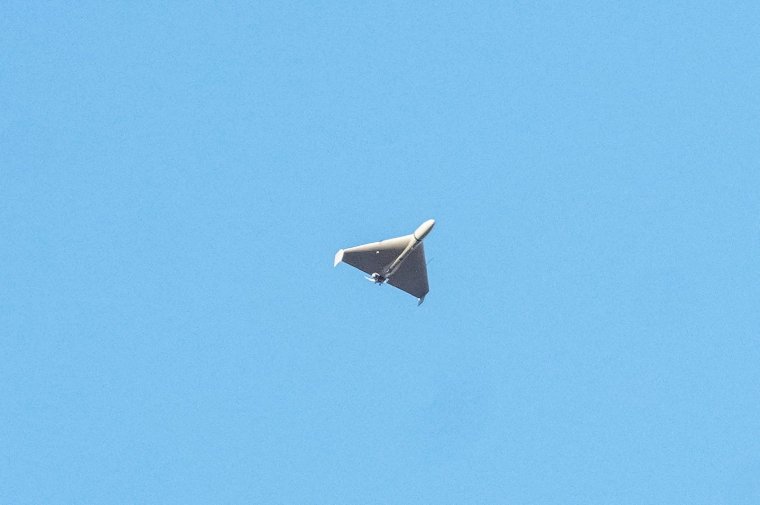
Reported to have a range of more than 930 miles (1,500km), the Shahed-107 may also have new technology that can track down high-value battlefield targets such as British and US-provided multiple-launch rocket systems being used by Ukraine.
Citing an informed security source, the report said “a few units” of the drone, from the Shahed-101 family, may have been offered to Russia in a deal worth upwards of an estimated $2m (£1.6m).
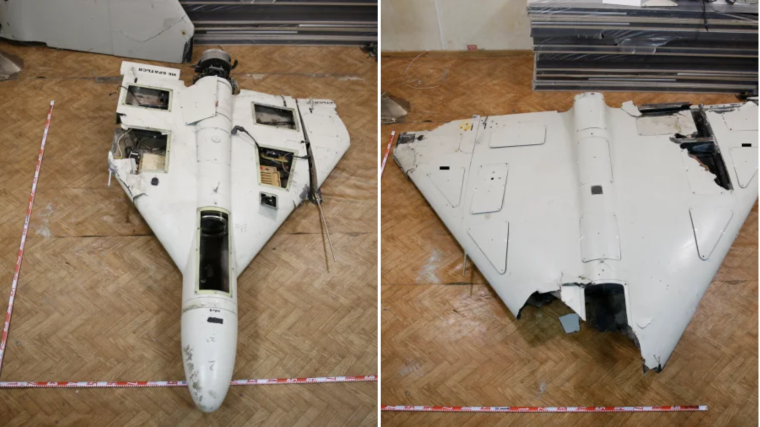
This reflected “the significant force design work Iran is engaged in to support Russia’s interests regarding Ukraine”, the source added.
Iran has officially denied that its drones are being used by Russia in Ukraine.
However, a report in August from the US Defence Intelligece Agency said: “In mid-2022, Iran provided Russia with unmanned aerial vehicles (UAVs) to sustain Moscow’s ability to attack Ukraine after severely depleting its own stores of precision-guided munitions in the war’s opening months.
“Since then, Iran has provided Russia with hundreds of one-way attack UAVs for its war in Ukraine. Ample evidence of such transfers has been provided to the public, but Iran continues to deny these UAVs were Iranian in origin.
“The US Defence Intelligence Agency has collected actual debris from attacks in Ukraine and the Middle East … to clearly prove Iran’s support to Russia.”
Mykhailo Fedorov, Ukraine’s technology minister, said on Tuesday that Ukraine’s production of UAVs had increased so quickly that Kyiv’s drone procurement budget was insufficient to purchase all drones produced.
“As of today, the market has accelerated much faster than the amount of money to buy all the UAVs,” Mr Fedorov said.
“Therefore we need to increase financing and open up markets further, so that prices fall thanks to competition and localisation of part [production] begins.”
He said that there were now about 200 companies making drones in Ukraine, and about 70 had signed contracts to supply drones to the government.
 Unmanned Aerial Vehicle The latest drone news
Unmanned Aerial Vehicle The latest drone news
